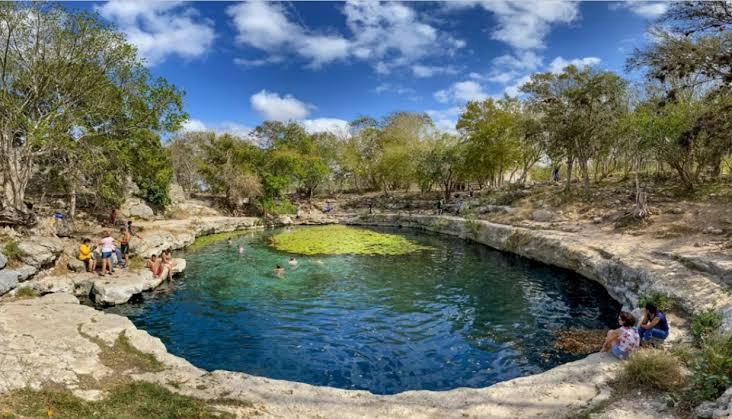It is no secret that urban areas and those with agro-industrial, industrial, and tourist economic activity are the most affected in terms of water pollution, and this is a logical consequence of the fact that while more people use more water, its conditions vary.
Dr. Eduardo Cejudo Espinosa, a Conacyt researcher who studies water pollution in the Peninsula, says that urban areas are affected, not necessarily because wastewater treatment is needed — in many places, there is, and sometimes they are insufficient, but because this process is not done in an ideal way.
“There are many small cities that do not have conventional wastewater treatment in treatment plants, that is a significant impact, it is one of the many pending issues that water operating organizations have identified because it is known that sanitation is needed,” points out.
Interviewed during the Water Day, commemorated last March 22, the specialist considers that the soil in the Yucatan Peninsula, of the karst type, detonates the areas with the greatest ease or feasibility of contamination.
Thus, it ensures that the area located in the southern cone of the state, as well as the one located in the central area, where the three states converge, are the least likely to be contaminated because they are higher and the soils are more developed and cushion a little plus groundwater contamination due to its multiple layers.
However, it recognizes that although they are less prone, if care is not taken they can become contaminated because all economic and human activities affect them in different proportions and with different substances.
The researcher comments that industry is often considered a polluting factor, but common activities can also affect water.
According to various studies by different organizations, the water quality of the Yucatan Peninsula is very variable and the most affected areas are where large urban centers and areas of intense industrial activity are concentrated, where any type of industry is practiced.

From the urban point of view, the main pollutants are the waste that we as people generate which in wastewater treatment is called organic load.
Regarding the pollution of urban areas, he assures that wastewater is the main factor, not only because of the amount we eliminate but also because of the lack of optimal treatment.
“In the industry in general, the soil is impacted by the waste produced by the washing and wear of machinery and oil leaks. In the agricultural industry in general, which is all agriculture and livestock, the greatest impact is the agrochemicals that are used both to grow plants and to protect the health of animals,” he says.
Cejudo Espinosa details that there are two types of contaminants: natural and synthetic. The former, as their name indicates, can be found in nature in small quantities, but when they go through an industrialization process that increases their quantities, they become a pollutant. An example is animal feces.
Synthetic pollutants are not found in nature but are placed there by man, such as the various substances used in agribusiness.
The doctor’s studies have been carried out in the agro-industrial zone, where the contaminants are of natural origin such as livestock manure.
“Livestock, whether confined or grazing in various areas, produce a natural organic waste that, in the concentrations in which it occurs, becomes a danger,” details the specialist.
TYT Newsroom


